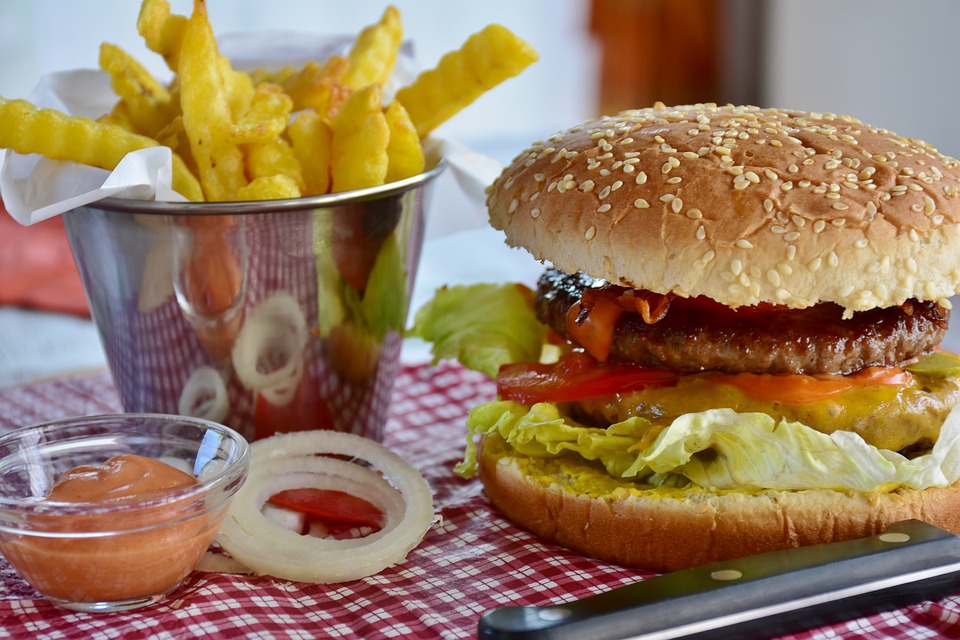Data Modeling
A wise person once said a picture is worth a thousand words. In real-world data is not just a few rows of excel sheet, yet it comprises several billion rows expanded through hundreds of tables. A table is usually made up of rows and columns. Each table represents an Entity. Entity means an Object or thing. That Entity has several properties called Attributes. Those attributes represent the qualities or characteristics of the entity. Since there is more than one entity, so there should be a Relationship between those entities. If we look at the tables we cannot get a clear idea of the relationship between several tables/Entities. Hence, we need to represent the tables/data in the form of a picture or a flow graph. That flow graph or Entity-Relationship diagram is called a Data Model.
Data Modeling is a technique to represent how the tables are related to each other and to represent the structure of data with its types.
There are major three types of Data Modeling techniques:
1. Conceptual Data Modeling
2. Logical Data Modeling
3. Physical Data Modeling
In conceptual data modeling, we make an abstract/high-level data model to show a rough idea about the relationship between entities. Here we just show the entities, their relationships but we don't show any attribute.
In logical data modeling, we create a simple yet detailed Entity-Relationship (ER) diagram. Here we don't show the data types with the attributes of entities, but we just create entities, their attributes, and relationships between the entities.
In physical data modeling, we show entities, their attributes, their in-between relationships as well as the data types.
In the below figures you can find the difference between the three types of data modeling.
Here are a few more concepts like:
1. Multiplicities or cardinality
2. Primary/ Secondary/ Foreign key
3. Associations etc..
We will discuss these concepts in our next article with regard to the Relational Database Model.
Hope you have enjoyed this article. If so, then share it with your friends :)
Happy Learning!











Comments
Post a Comment